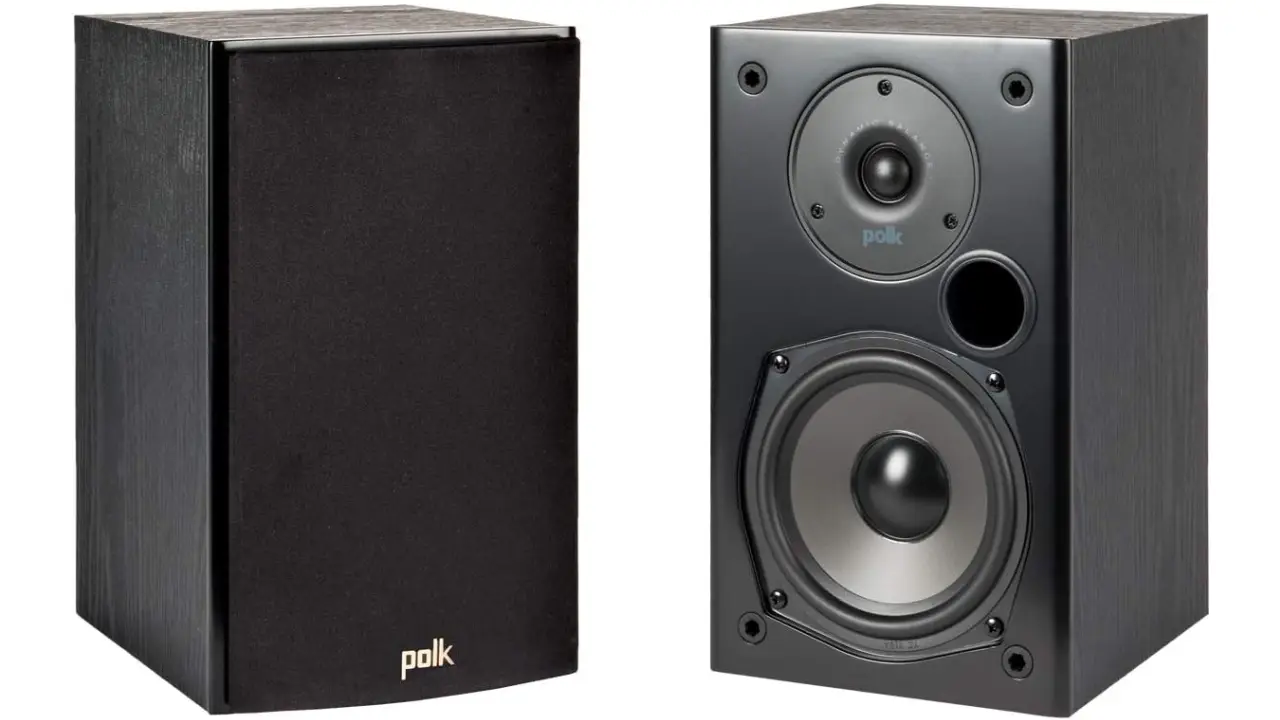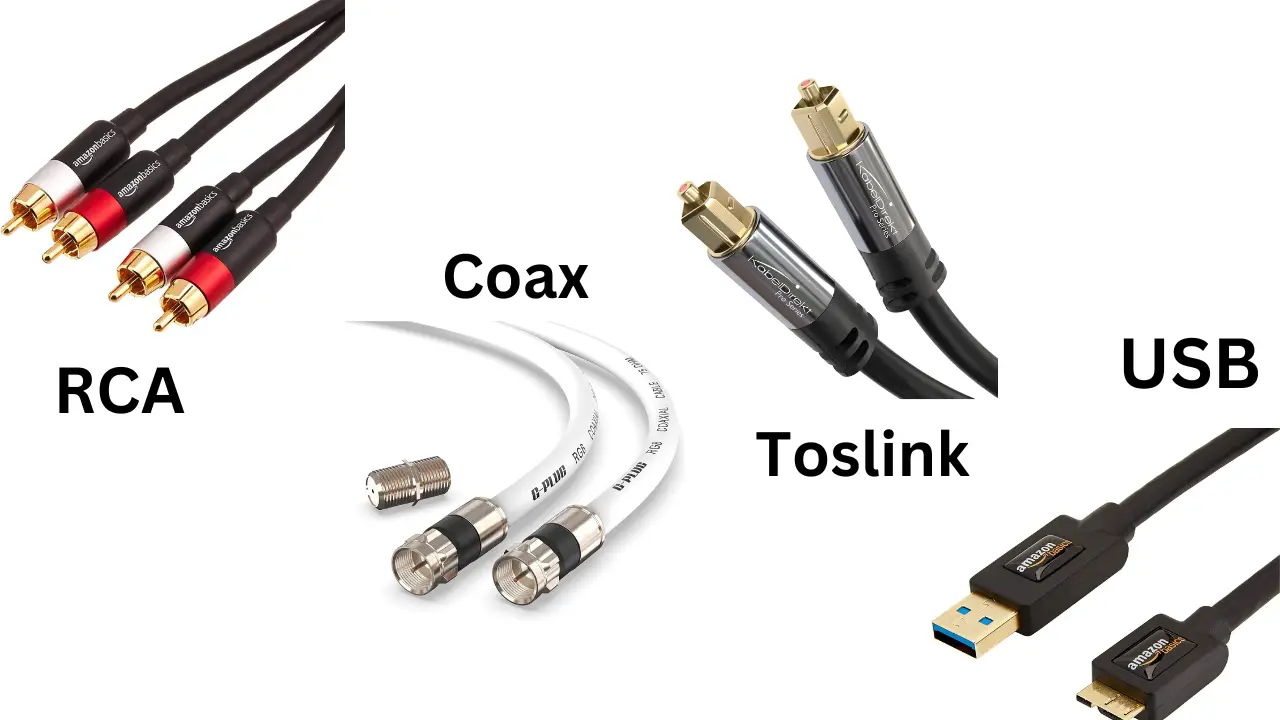Last Updated on March 15, 2025 by Muisc Pro Editorial Team
The sound quality from your computer can significantly enhance your experience, especially as an audiophile, whether you’re listening to music, watching movies, or playing games. Most personal computers lack built-in speakers, and the ones that do often deliver subpar audio quality. Midrange computer speakers might not provide the clarity and depth you crave, leaving much to be desired for an immersive audio experience.This is where bookshelf speakers come into play, offering a superior sound experience that can transform your PC into a powerful sound system.
Understanding Bookshelf Speakers

Bookshelf speakers are known for their compact design and exceptional sound quality. Typically, these speakers consist of two main components: a tweeter for high frequencies and a woofer for low frequencies. Their small footprint allows them to fit conveniently on desks, shelves, or stands, making them an ideal upgrade for your PC without requiring a lot of space. The clear and crisp sound output of these speakers is a significant upgrade from standard computer speakers, making them a favorite for audiophiles and casual listeners alike.
Considering Bookshelf Speakers for Computer Use
Bookshelf speakers, typically passive, need an external amplifier to function. This setup can offer excellent sound quality for computer users, but it’s slightly more complex than using powered monitors. For those looking for an easy setup without the need for additional amplification, powered monitors are a convenient alternative, offering plug-and-play functionality with minimal fuss.
While passive bookshelf speakers offer superior sound in many cases, their need for external amplification might not suit everyone’s setup or preference. Powered monitors provide a straightforward solution for enhancing your computer’s audio without the complexities of traditional bookshelf speakers.
Connecting Bookshelf Speakers to Your PC
The process of connecting bookshelf speakers to your computer is slightly more involved than plugging in regular computer speakers but is undoubtedly a rewarding project. By carefully following the setup instructions and ensuring you have all the necessary components ready, you can achieve a high-quality sound system that greatly enhances your audio experience on the PC. Whether you’re working, browsing the web, or enjoying multimedia, these speakers provide a significant improvement in sound quality that can be appreciated in every note and sound effect.
Essential Items for Connection
Before diving into the setup process, it’s crucial to gather all the necessary components to ensure a smooth and successful installation. Here’s what you’ll need:
- Personal Computer (PC): The centerpiece of your setup. Verify that it’s operational and ready to output audio.
- Bookshelf Speakers: A pair is usually sufficient for a balanced stereo sound. It’s advisable to test the speakers beforehand to confirm they’re in working condition.
- External Desktop Amplifier: Since many of these speakers are passive, they require an external amplifier to produce sound. Look for amplifiers with high-quality sound output and, if possible, streaming capabilities for added versatility.
- 3.5mm to RCA Cable: This cable is critical for connecting your PC to the amplifier and then to the speakers. Ensure you have the correct type to avoid any connection issues.
How to Connect Bookshelf Speakers to Your Computer
Connecting bookshelf speakers to your computer can significantly enhance your audio experience. This guide will walk you through the simple steps to set up your speakers using various connection methods.
Basic Connection Using a 3.5mm Headphone Jack

- Connecting Speakers to Amplifier: Begin by connecting your speakers to the external amplifier. Insert the right and left speaker wire into their respective terminals on the amplifier.
- Connecting Amplifier to PC: Use a 3.5mm to RCA cable for this connection. Plug the RCA ends into the amplifier’s left and right channels.
- PC to Amplifier: Connect the 3.5mm end of your RCA cable into your PC’s headphone or speaker out port.
- Powering the Amplifier: Plug the amplifier’s power cable into a suitable power outlet.
- Adjusting Computer Sound Settings (Optional): If your computer doesn’t automatically switch the audio output to the new speakers, you may need to manually change this in your sound settings according to your operating system’s instructions.
Congratulations! You’ve now connected your bookshelf speakers to your PC, ready for a superior audio experience.
Alternative Connection Methods

- RCA Connections: If your computer has RCA outputs, you can directly connect it to the amplifier using RCA cables, bypassing the need for a 3.5mm to RCA adapter.
- Digital Connections (Coax or Toslink): For computers with digital outputs, connecting to an amplifier that accepts digital signals can provide cleaner sound quality. This is because the digital-to-analog conversion happens in the amplifier, often resulting in less noise.
- USB Direct Connection: Some modern speakers allow for a direct USB connection to your computer. This simplifies the setup and lets you control volume directly from your PC.
Conclusion
In conclusion, connecting bookshelf speakers to computer setups can transform your audio experience, bringing clarity, depth, and richness to music, movies, and games that computer speakers simply cannot match. Whether you opt for the basic connection using a 3.5mm headphone jack, explore digital options for a cleaner sound, or even go for a USB direct connection for simplicity, the upgrade is well worth the effort. While the process may seem daunting at first, the steps outlined in this guide aim to simplify the task, ensuring that anyone can achieve high-quality sound. Remember, while passive speakers require a bit more setup and equipment, such as an external amplifier, the sound quality payoff is significant, making them a worthy addition to any computer setup. For those seeking an easier route, powered monitors offer an excellent alternative. Regardless of the path you choose, the end result is a vastly improved audio experience that will enhance every aspect of your computer use.

